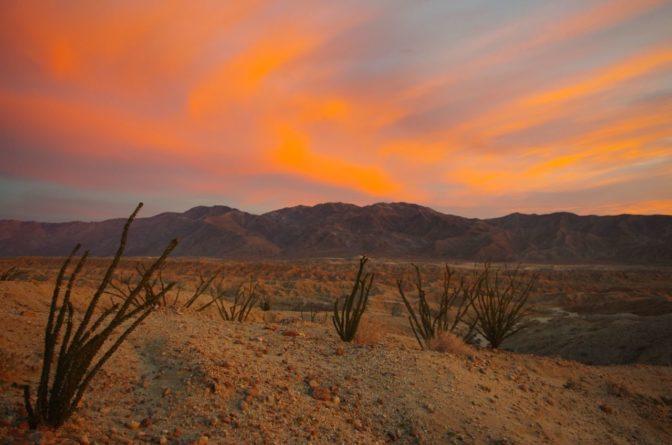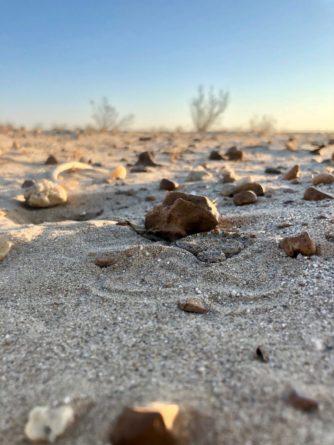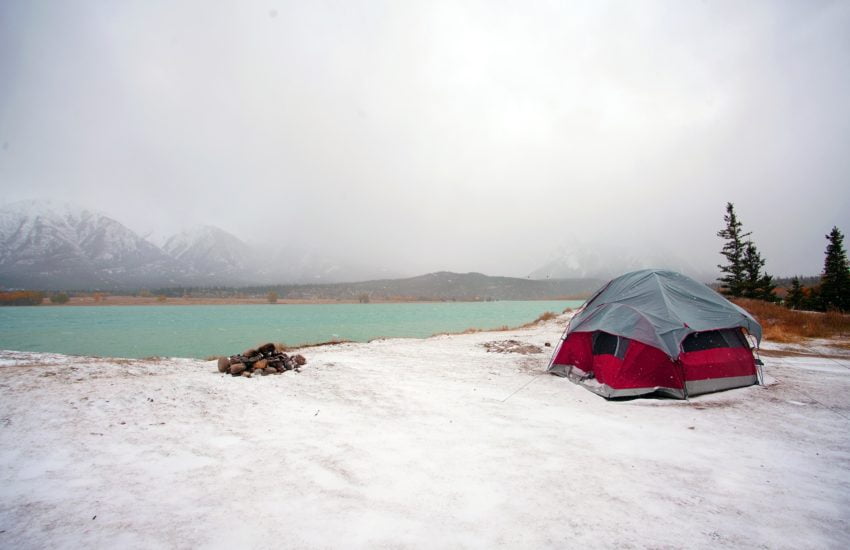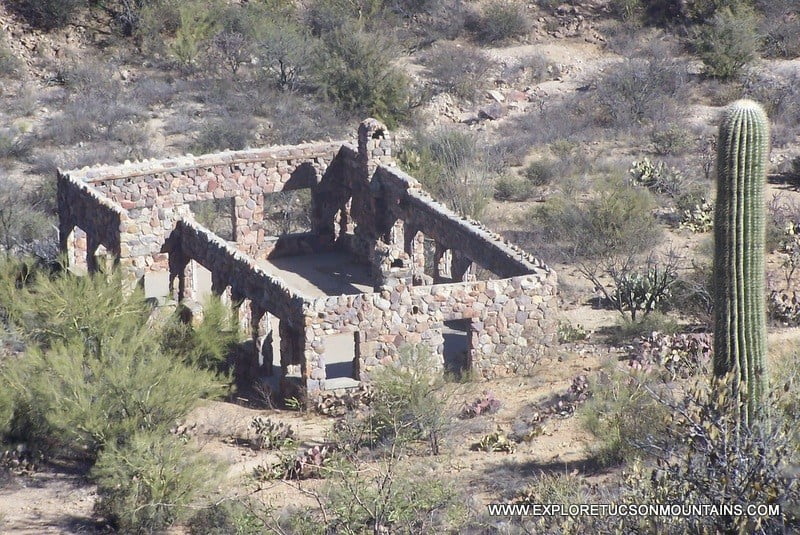SACRAMENTO, Calif. – California State Parks are offering tips outdoor enthusiasts to recreate safely and responsibly in desert state parks this winter season. Deserts are beautiful and exciting places, but they can also be very unpredictable and dangerous. Simple actions such as taking plenty of water and food, and knowing that cell coverage is extremely limited or non-existent can help visitors safely enjoy these iconic landscapes.
California State Parks has nine desert parks that range from Kern County down to San Diego and Imperial counties. Each park has a vast and diverse mixture of geology where the twists and turns of canyons reveal a unique charm and beauty. Visitors can enjoy a variety of activities at all nine desert parks such as desert hiking, biking, camping, and wildlife watching.
They can also take great photographs of the beautiful landscapes and enjoy the warm sunshine during winter days. Weather in desert state parks is extremely varied. During the winter season, temperatures can range from highs in the mid-80s to 90s and drop to the low 20s and 30s.
With 500 hundred miles of dirt roads, 12 wilderness areas, and many miles of hiking trails, Anza-Borrego Desert State Park is the largest desert state park. As an international dark-sky park, outdoor enthusiasts can enjoy this state park even at night.
Off-highway vehicle (OHV) recreation enthusiasts have several desert state vehicular recreation areas to choose from this winter season such as Eastern Kern County Onyx Ranch and Ocotillo Wells. Onyx Ranch offers scenic and challenging terrain for OHVs of all types. As a large park, Ocotillo Wells offers many unique destination points to explore like Blowsand Hill, the Gas Domes, and Barrel Springs, known for its wildlife.
Below you will find some tips on how to enjoy desert state parks safely and responsibly:
Vehicles
- Have a proper vehicle for your outdoor desert activities to be able to navigate through rough roads.
- Make sure to fill up your vehicle’s gas tank. Depending on your location, the nearest town with amenities can be a substantial distance.
Cell Phone Use
- Cell phone coverage can be spotty or nonexistent.
- Have a way to communicate if there is an emergency. Find out the location of the nearest park ranger station.
- Bring a hard-copy map and know your route before leaving home.
Outdoor Plan
Leave an itinerary of your trip with a family member or friend with information such as:
- Name and age of hikers/campers.
- Level of outdoors experience.
- Trailhead or campsite name and location.
- Time of departure and expected return.
- Information about your gear such as tent color, outerwear color, and vehicle make, model, color, and license plate.
First Aid Kit
- Bring a first-aid kit. Become familiar with your kit and inspect it for required content.
- Pack prescription drugs if you have any medical conditions.
Off-Highway Vehicle Recreation
- Use proper equipment such as protective clothing, goggles, a proper helmet, gloves, and spark arrester.
- Tread lightly and stay on designated trails.
- Operating an off-highway vehicle with a blood alcohol concentration (BAC) of 0.08% or more is against the law. Impaired OHV drivers will be stopped and can be arrested even with the lower BAC if the conditions are not safe.
Hiking
- Make sure to have plenty of water and food. Have plenty of water when actively hiking to avoid dehydration, heat exhaustion, and heat stroke.
- Check the weather, as it can change instantly.
- Bring sunscreen and use it.
- Stay on designated trails.
- Dress appropriately. Bring layers of clothing. Wear appropriate shoes such as hiking boots and close-toed shoes.
- Beware of wildlife.
Camping
Same as tips above, plus:
- Check site for hazards such as vegetation and wildlife.

- Mark tents and ropes so they are visible at night.
- Keep it clean: pack it in & pack it out.
- Check local rules and regulations regarding campfires.
Viewing Wildlife and Vegetation
Wildlife and vegetation are integral parts of the ecosystem and natural community of the desert parks. As such, federal and state laws protect them. Help us keep this outdoor setting natural by adhering to the following guidelines:
- View animals from a respectful distance. Never feed or touch wildlife.
- Do not approach or attempt to move sick or injured animals. Please report encounters with aggressive, sick, or injured animals to a park ranger.
- Vegetation that you may encounter includes pinon pines, junipers, wildflowers (during the spring), Mojave and banana yucca, cholla, Joshua trees, and barrel cactus. Be aware most of these plants protect themselves with thorns or spines.




